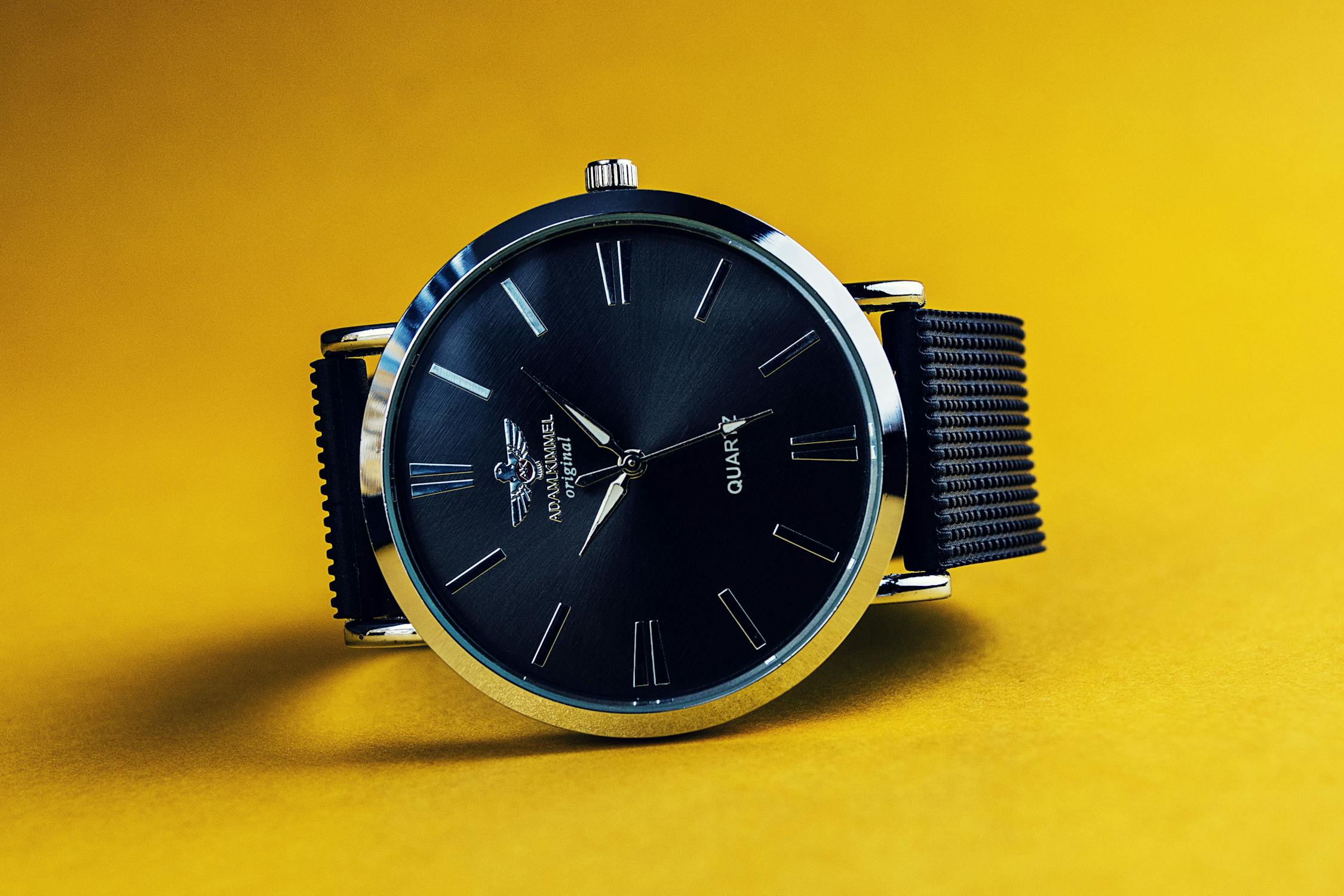Blast mitigation is an essential aspect of ensuring safety in various industries such as construction, military, and mining. As blast events can have catastrophic consequences, it is crucial to implement effective measures to minimize the impact of these incidents. One such measure is the utilization of blast proof coatings, especially polyurea coatings, which offer enhanced safety and protection for blast mitigation specialists. In this blog post, we will explore the significance of blast proof coatings and their role in mitigating the destructive nature of blasts.
Introduction to Blast Proof Coatings
Blast proof coatings refer to specially designed protective coatings that can withstand the extreme forces generated during a blast event. These coatings are utilized on structures, equipment, and surfaces to minimize damage and increase the safety of blast mitigation specialists. Among the various blast proof coatings available, polyurea coatings have gained significant popularity due to their exceptional properties and versatility.
The Key Benefits of Polyurea Coatings
Polyurea coatings offer numerous advantages that make them an ideal choice for blast mitigation specialists. First and foremost, they provide a high level of impact resistance and elasticity. This critical property allows polyurea coatings to absorb and disperse the energy created during a blast, reducing the destructive force acting on the protected surface. Moreover, polyurea coatings exhibit excellent adhesion to various materials, ensuring long-lasting protection against external factors.
Furthermore, polyurea coatings possess exceptional resistance to chemicals, abrasion, and corrosion. This resistance makes them highly suitable for applications in aggressive environments where blast mitigation specialists may encounter hazardous substances or tough operating conditions. By providing an impermeable barrier, polyurea coatings help prevent moisture ingress, thereby reducing the risk of structural damage and degradation.
Versatility of Polyurea Coatings
Another key aspect of polyurea coatings is their versatility in application. The coatings can be sprayed onto almost any surface, regardless of its shape or size, enabling seamless protection across a wide range of structures and equipment. From concrete walls and metal surfaces to tanks and pipelines, polyurea coatings can be tailored to suit the specific needs of blast mitigation specialists in any given industry.
Limiting Structural Damage with Blast Proof Coatings
One of the primary objectives of utilizing blast proof coatings is to limit structural damage caused by blast events. By applying polyurea coatings to vulnerable areas, blast mitigation specialists can significantly reduce the risk of structural failure. The high tensile strength and flexibility of polyurea coatings allow them to act as a buffer, absorbing and dispersing the blast energy before it reaches the underlying structure. Ultimately, this helps to preserve the integrity of the protected asset and ensures the safety of the personnel involved.
Conclusion
Blast mitigation specialists play a vital role in safeguarding lives, infrastructure, and critical equipment. Utilizing blast proof coatings, particularly polyurea coatings, is a highly effective strategy in enhancing their safety and protection. With their exceptional impact resistance, versatility, and durability, polyurea coatings offer an optimal solution to mitigate the destructive nature of blasts. By limiting structural damage, these coatings contribute to creating a safer environment for blast mitigation specialists, enabling them to carry out their duties with confidence and efficiency.



